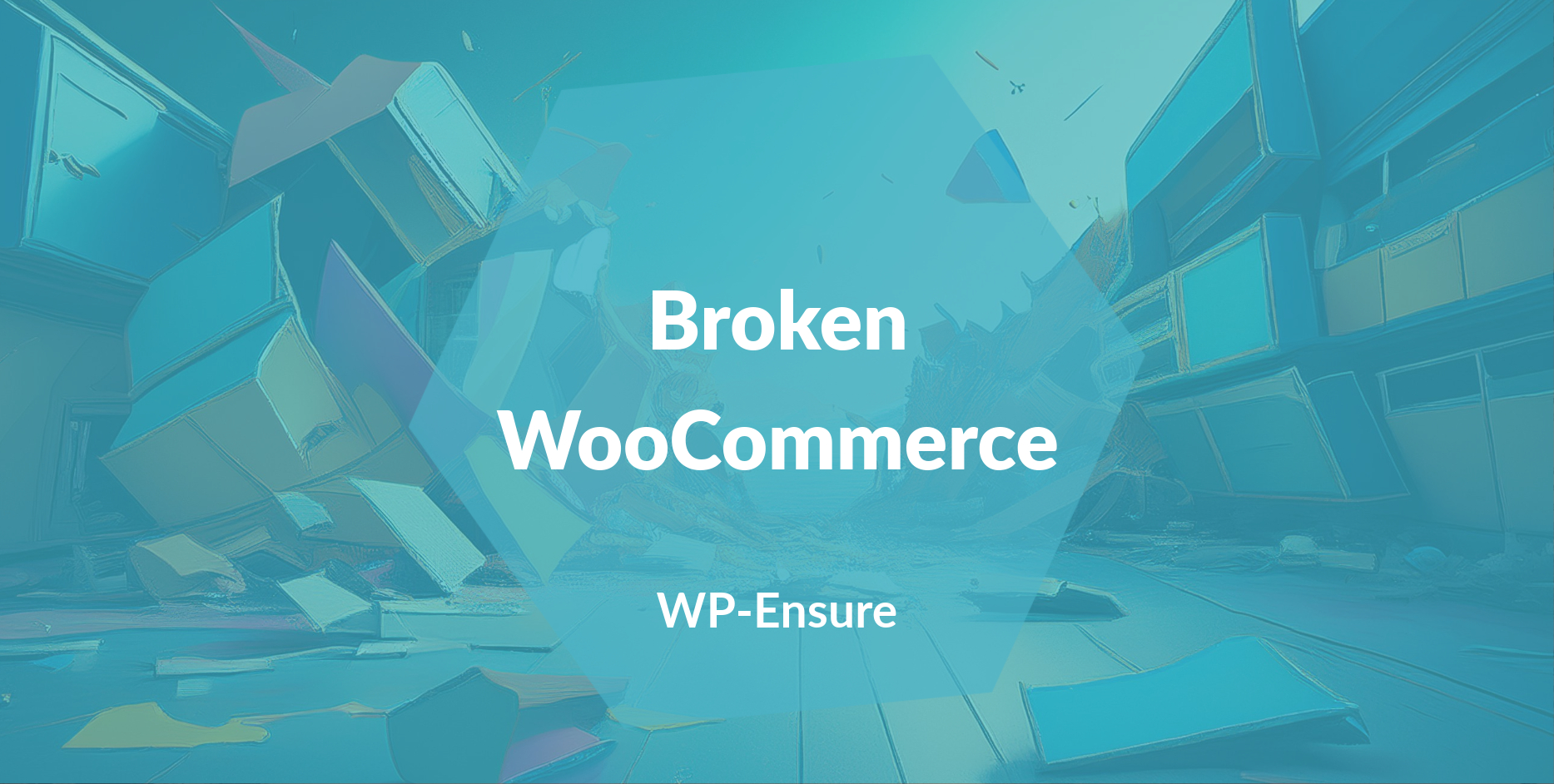
Sometimes websites are so broken that there’s no choice but to rebuild them. WooCommerce and ready-made themes can be a bad combo.
I was contacted by a customer who was having difficulty with his WooCommerce and ready-made theme website. Usually, I would avoid these kinds of sites like the plague (especially if multilingual also!), but the customer had difficulties with their original web developer and I wanted to help them out.
The customer originally had a Magento store which was transferred to WooCommerce using one of the e-commerce migration services, but any new products that were added to the site kept having their data reset. The prices, images, and descriptions kept emptying.
Usually, in a case like this, you’d suspect one of the many plugins installed on the site, the theme could also have some bugs. Usually, by deactivating the plugins, then reactivating them one by one, you’d find the problematic plugin. You can also change the site to the default theme to make sure it’s not the theme causing problems. This time, the site was broken no matter how little was running.
After a lot of debugging, cleaning up, replacing core files, and running nothing but WooCommerce on the site, I came to the conclusion that the fault was within the database itself and something was funky with the WordPress installation possibly due to the Magento transfer. I got a second opinion from a developer friend to take a look to see if there was something I was missing, but the conclusion was the same… the only thing to do was to re-build the website.
Importing and exporting from broken sites can be pretty time-consuming. I found the best way was to start fresh on my localhost and import the products and images from my own demo installation that I had cloned to my server as the other server kept timing out and import was so slow it was impossible. The site was also on shared hosting and was clearly too heavy for that kind of hosting.
Once the products and other bits and bobs were imported I installed the theme and all the plugins that went with that such as Elementor Pro. Then it was a case of copying all the WooCommerce, theme settings, and WordPress settings to the new site.
WooCommerce import also fudged the product categories a bit so I cleared all of the extra categories that it had created that had 0 products, and updated each category permalink to match the old site so that SEO wouldn’t suffer.
All in all, it was a lot of work. Most ready-made themes and WooCommerce combos do not work out well in the long term. If you are going to spend a lot of money creating an e-commerce solution, why not create one that will last years and do it properly?
Further Reading
E-Commerce on a Budget
A few things to consider when building budget e-commerce solutions with WooCommerce and a ready-made theme.




